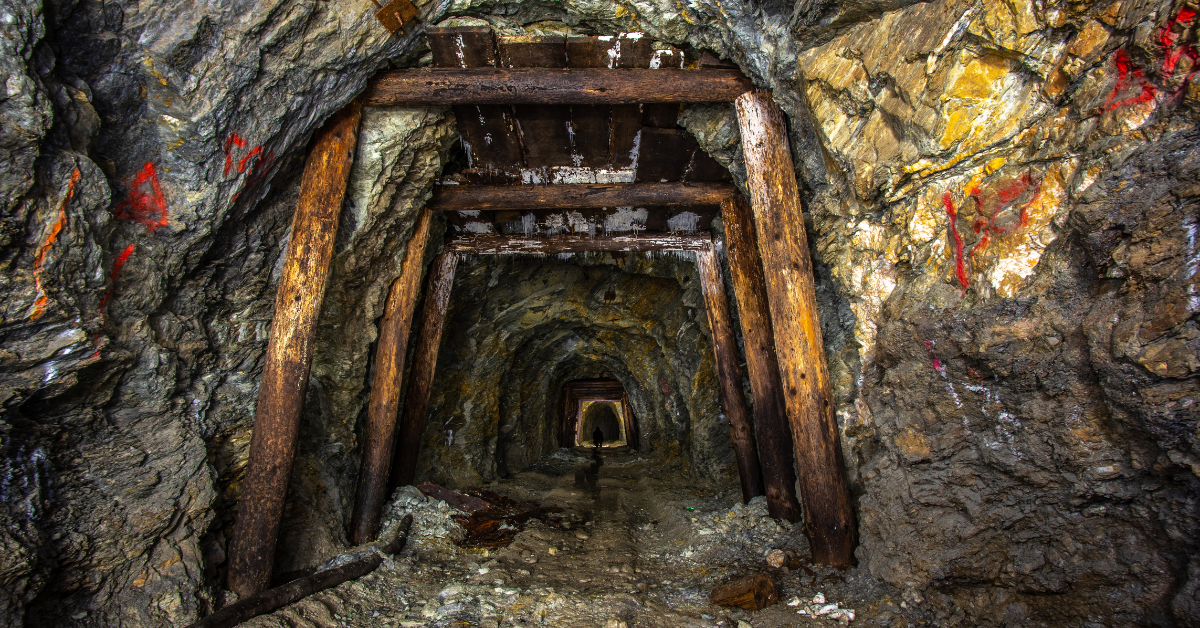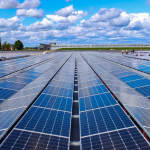We recently discussed some of the world’s largest and most well-known gold producing mines. Today, we we’re diving into some of the unique geological settings and countries around the world that can also yield gold. From the bottom of the ocean to remote Tanzania, some of these settings might surprise you.
Unique Geological Settings Where Gold Can Be Found
Glacial Deposits
During the last Ice Age, glaciers transported gold-bearing rocks and deposited them in various areas. These deposits are often overlooked because the gold is scattered throughout the sediment, making it difficult to extract. However, some prospectors have had success by panning in glacial streams and rivers in Alaska, Canada, and other regions that were once covered by glaciers.
Desert Drywash
In desert regions, gold can be found in dry stream beds where water once flowed. This type of gold prospecting is called drywashing, and it involves using a drywasher to separate gold from the sand and gravel. The deserts of the southwestern United States and Australia are popular areas for drywashing.
Volcanic Deposits
Gold can also be found in volcanic deposits, which are often overlooked because they are not as well-known as other types of deposits. Volcanic deposits can be found in areas where there has been volcanic activity, such as in the Philippines, Indonesia, and parts of South America.
Seafloor Deposits
There are also gold deposits on the seafloor, which are currently being explored and mined by a few companies. These deposits are found in areas where hydrothermal vents are present, which can produce high concentrations of gold and other metals. Seafloor mining is still in its infancy and is currently being developed in places like the coast of Papua New Guinea and in the Atlantic Ocean off the coast of South Africa.
Surprising Countries and Regions Where Gold Can Be Found
Omai, Guyana
Omai is a gold mine located in the interior of Guyana, a small country in South America. The mine is one of the largest gold producers in the country and has been in operation since 1992.
Kolar Gold Fields, India
Kolar Gold Fields is a gold mining region in the state of Karnataka in southern India. The mines were active from the late 19th century until the mid-20th century, and produced over 900 tons of gold in total.
Pilbara, Australia
The Pilbara region in Western Australia is best known for its vast iron ore deposits, but there are also gold deposits in the region. In recent years, a number of small-scale gold mining operations have started up in the Pilbara.
Lake Victoria Goldfields, Tanzania
The Lake Victoria Goldfields is a region in Tanzania that is home to several large gold mines, including the Bulyanhulu, North Mara, and Geita mines. The region is known for its high-grade gold deposits and has been a major gold producer since the early 2000s.
Yukon Territory, Canada
The Yukon Territory is a sparsely populated region in northern Canada that is known for its rugged wilderness and rich mineral deposits. Gold mining has a long history in the Yukon, and there are still active gold mines in the region today.
Sado Island, Japan
Sado Island is an island in the Sea of Japan that has a long history of gold mining. The island was a major source of gold during the Edo period in Japan, and there are still active gold mines on the island today.
Chukotka, Russia
Chukotka is a remote region in northeastern Russia that is home to several large gold mines. The region is known for its harsh climate and difficult operating conditions, but it is also one of the most important gold-producing regions in Russia












